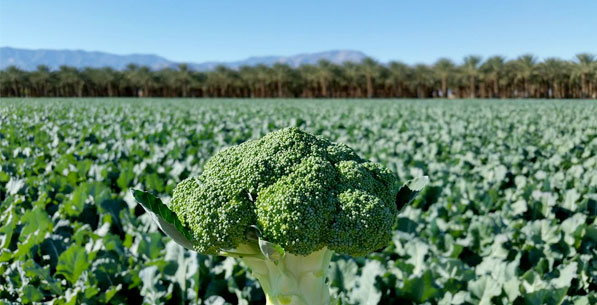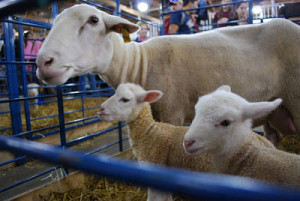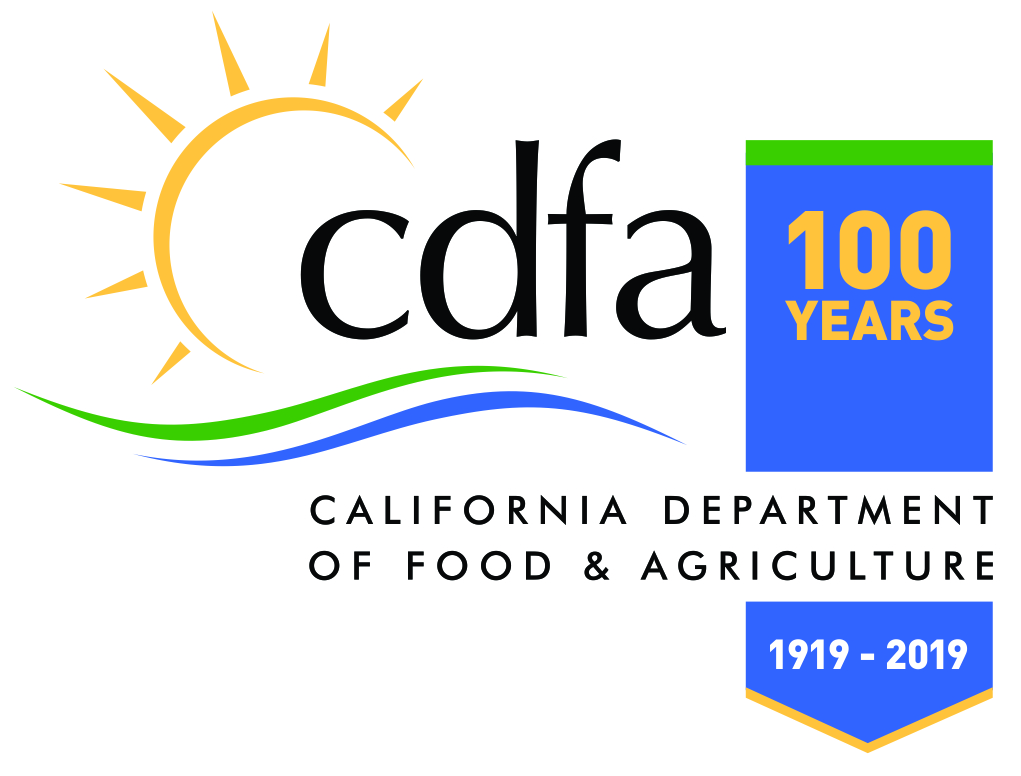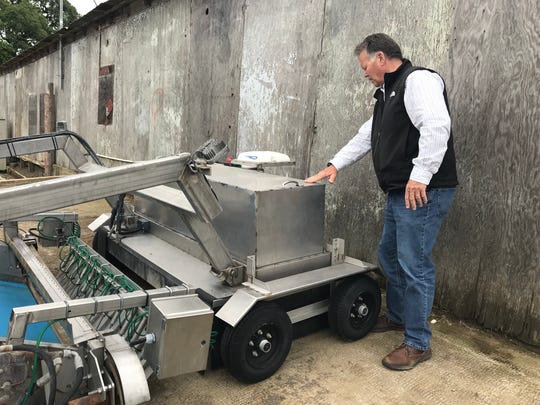
By Julia Wick
The long road to a more perfect avocado certainly didn’t begin in Parlier, Calif. But the tiny agricultural town 30 minutes southeast of Fresno is where a U.S. Department of Agriculture flavor scientist has been pushing samples through sliding doors into evaluation booths, for a panel of tasters to individually consider.
The goal of the study is to figure out how people describe the flavor of a good avocado and what components in the fruit contribute to that perceived flavor, said Mary Lu Arpaia, a leading avocado researcher and director of UC Riverside’s avocado breeding program.
Every Tuesday and Thursday morning, the nine trained participants spend an hour evaluating avocado samples in a University of California sensory science building specifically designed for testing like this, just down the street from an agricultural research service division of the USDA.
The tasters are paid $10 an hour, plus all that free avocado, and their ranks include a few retired schoolteachers and an IT professional. They’re given no more than three avocado samples during each session to avoid burnout, and answer around 14 questions about each sample.
Their analysis is concentrated on two varieties of avocado, Hass and GEM.
The black-skinned Hass variety (rhymes with “class”) is the current gold standard on the market, and accounts for 95% of avocados consumed in the United States. The GEM is a newer species produced out of Arpaia’s lab at UC Riverside, aimed to be better adapted to grow in the San Joaquin Valley, which — if successful — could potentially mean California avocados produced more months of the year. (California avocados are typically in season from spring to late summer or early fall, with production largely limited to coastal Southern California. They account for roughly 90% of all U.S.-produced avocados, but just a fraction of the overall avocados consumed across the country.)
Year-round avocado dishes may dominate your Instagram feed, yet its current nationwide post-seasonal ubiquity is heavily dependent on a delicate balance of geopolitics. But first, let’s backtrack.
Avocados have been cultivated in what is now Mexico and Central America since 500 B.C. The California avocado industry began in earnest around 1915, about a decade before a California postman accidentally originated the Hass avocado in his La Habra Heights backyard.
When the North American Free Trade Agreement was ratified in 1994, the vast majority of avocados consumed in the U.S. were still California grown, and therefore limited to a short seasonal window. NAFTA opened the door for mass avocado importation from Mexico, but it wasn’t until 1997 that an eight-decade ban on importing the fruit from Mexico into the U.S. was lifted.
U.S. avocado consumption has generally trended upward since 1970, but the post-NAFTA influx of access to a year-round supply — coupled with broader culinary and health trends, along with a fast-growing Latino population across the country, and their cultural influence — fueled explosive growth among American consumers. (A 1990s-era concerted effort by avocado marketers to integrate guacamole into the Super Bowl experience is also said to have played a crucial role in boosting sales.)
California still overwhelmingly dominates U.S. avocado production, but imports now account for roughly 85% of all avocados consumed in the U.S., with the vast majority of those coming from Mexico.
California has had a smaller-than-average crop this year, making the country more reliant on Mexican avocados, and prices spiked dramatically in April after President Trump threatened to close the border. Due to a confluence of factors, prices remain so high that some L.A. taqueros have resorted to providing a faux-guacamole that substitutes Mexican squash for the avocados, as Javier Cabral recently reported for L.A. Taco.
The quest to cultivate an avocado that can consistently bear fruit year-round in California has long been a kind of the Holy Grail for horticultural researchers like Arpaia, but it takes on new urgency with the fate of NAFTA potentially hanging in the balance.
Meanwhile, the panel of Central Valley tasters who meet twice a week in Parlier for the USDA’s research have become true avocado evangelists. The group has become friends through the yearlong process, and recently gathered for an avocado-themed potluck, complete with homemade avocado ice cream, avocado cream pie and avocado deviled eggs.
Link to story in the Los Angeles Times








